Seat Sale / Promos
Celebrate World Tourism Day and fly to Domestic and International Destinations for low price.
Quoted DOMESTIC one way base fares are inclusive of 7 kg hand carry baggage allowance, but exclusive of Web Admin Fee, 12% VAT, Terminal Fees and Fuel Surcharge.
Quoted INTERNATIONAL one way fares are inclusive of 7 kg hand carry baggage allowance, but exclusive of Web Admin Fees for short haul and long haul flights, respectively and Php550 International Terminal Fee and Fuel Surcharge.
Hurry while seats last! Check the remaining number of seats on sale here!
Philippine Destinations
For as low as
P 99
Cagayan De Oro to Dumaguete.
Cebu to Bacolod, Boracay (Caticlan), Butuan, Cagayan De Oro, Calbayog, Camiguin, Clark, Coron (Busuanga), Davao, Dipolog, Dumaguete, General Santos, Iloilo, Kalibo, Legazpi, Ozamiz, Pagadian, Puerto Princesa, Siargao, Surigao, Tacloban, or Zamboanga.
Clark to Bacolod, Bohol, Boracay (Caticlan), Davao, Iloilo, or Puerto Princesa.
For as low as
P 299
Cagayan De Oro to Bohol or Iloilo
Davao to Zamboanga
Iloilo to Puerto Princesa
For as low as
P 499
Davao to Bohol or Cagayan De Oro
Manila to Iloilo
Zamboanga to Cotabato or Tawi-Tawi
For as low as
P 599
Iloilo to General Santos
Manila to Bacolod, Bohol, Cebu, Puerto Princesa, or Tacloban
For as low as
P 699
Davao to Iloilo
Manila to Cauayan (Isabela), Kalibo, or Marinduque
For as low as
P 799
Davao to Bacolod
Manila to Cagayan De Oro, Davao, or Roxas
For as low as
P 899
Manila to Zamboanga
For as low as
P 999
Manila to Dumaguete, Legazpi, San Jose (Mindoro), or Tuguegarao
For as low as
P 1,099
Manila to Caticlan, Masbate, Naga, Romblon (Tablas), or Virac
For as low as
P 1,199
Manila to Dipolog, General Santos, or Ozamiz
For as low as
P 1,399
Manila to Cotabato or Pagadian
For as low as
P 1,499
Manila to Coron (Busuanga) or Butuan
For as low as
P 2,499
Manila to Basco or Siargao
SALE PERIOD: UP TO September 30, 2019 OR UNTIL SEATS LAST | TRAVEL PERIOD: January 01, 2020 – March 31, 2020
International Destinations
For as low as
P 332
Manila to Kota Kinabalu
For as low as
P 499
Manila to Guangzhou (Canton), Shanghai, or Xiamen
For as low as
P 799
Cebu to Macau
For as low as
P 864
Manila to Seoul (Incheon)
For as low as
P 899
Manila to Macau
For as low as
P 964
Cebu to Seoul (Incheon)
For as low as
P 999
Clark to Hong Kong or Macau
Manila to Bandar Seri Begawan, Fukuoka, Hong Kong, or Osaka
For as low as
P 1,032
Manila to Singapore
For as low as
P 1,199
Manila to Hanoi, Ho Chi Minh, or Taipei
For as low as
P 1,499
Cebu to Hong Kong
Clark to Tokyo (Narita)
Iloilo to Hong Kong
Manila to Bangkok
For as low as
P 1,532
Manila to Kuala Lumpur
For as low as
P 1,799
Manila to Jakarta
How to book this Cebu Pacific Promo:
- Before you book the promo, make sure to check the Sale Period and the Travel Period. Promo fares are subject to availability – it means that promo seats are LIMITED. If your desired destination and dates are not available, the website will show you the next lowest fare price or you might want to check other dates/destinations.
- You can visit directly the Cebu Pacific website at www.cebupacificair.com and enter your travel details (flight type, destinations, departure, number of guests traveling. If you are going to choose roundtrip, you need to provide return flight date)
- NO PROMO CODE NEEDED for this promo. Cebu Pacific Promo Codes are only used usually for special sale for VISA or MASTER CARD Holder only. For regular promos, you don’t have to put promo codes.
- You can also call the Cebu Pacific hotline at (02) 70-20-888 in Manila or (32) 230-8888 in Cebu or visit the travel agent near you.
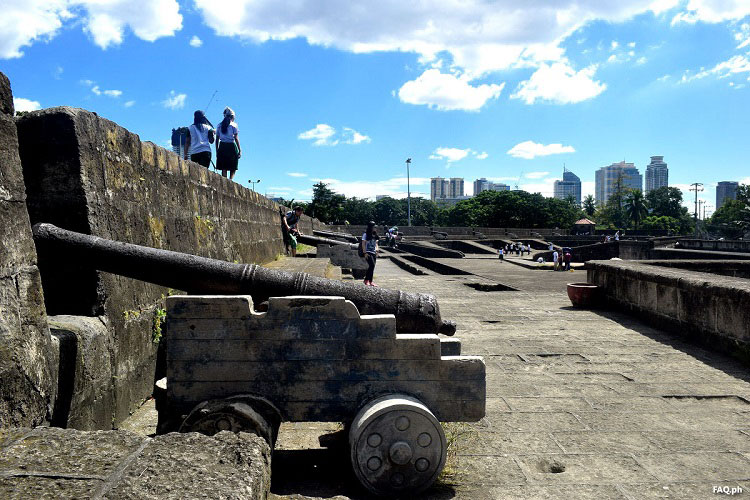
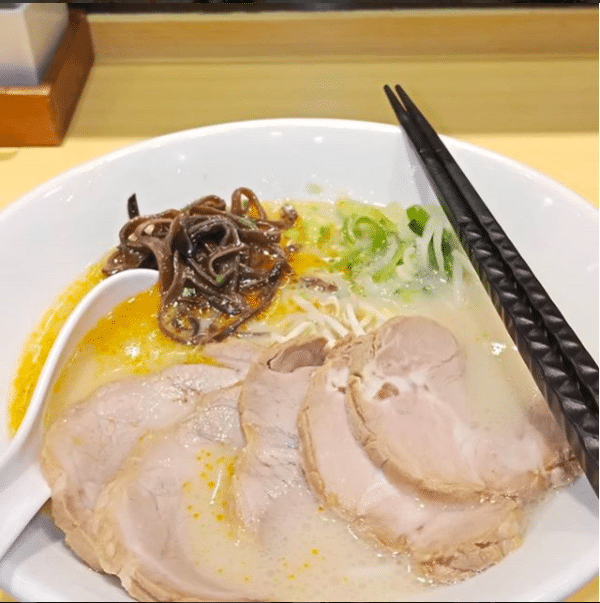
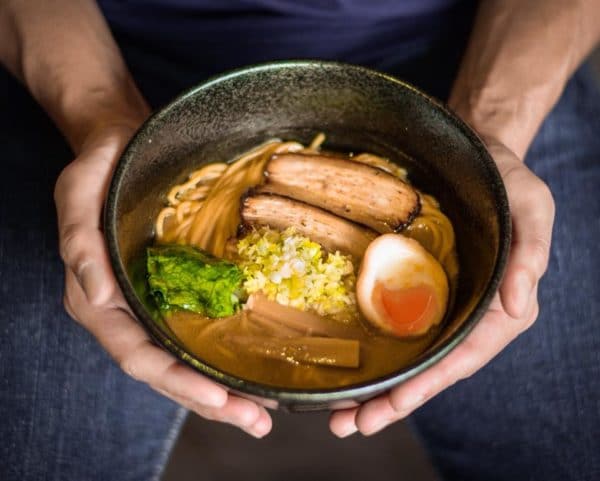
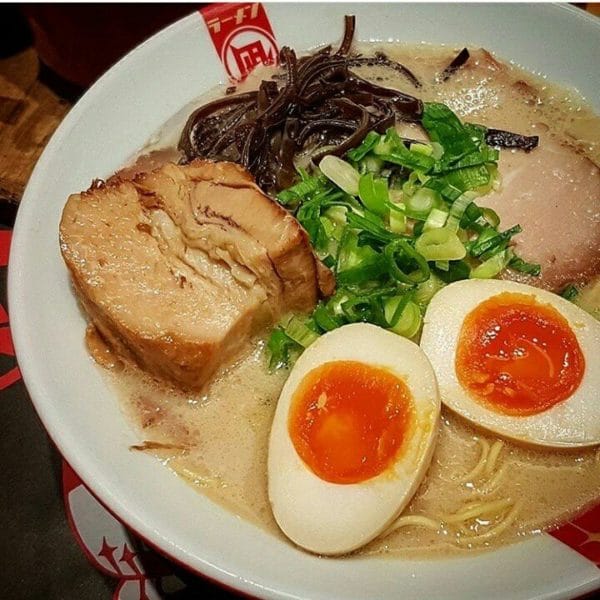
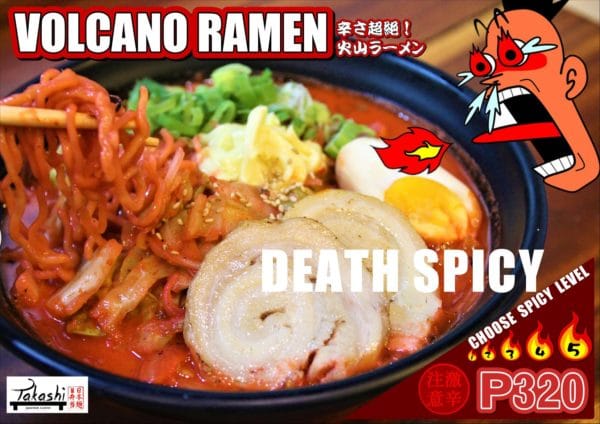
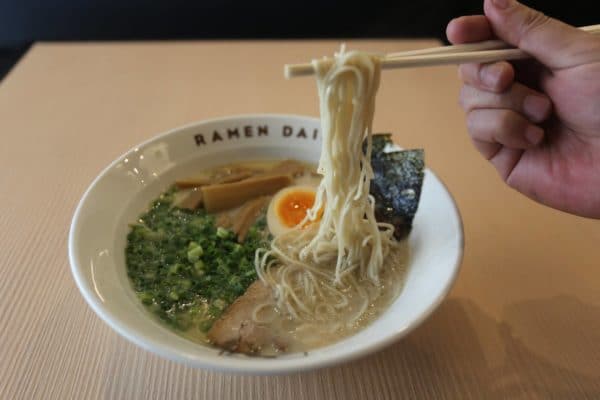
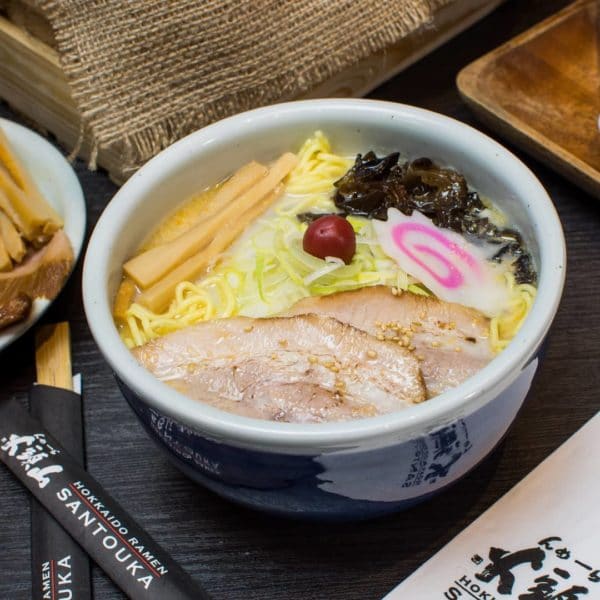
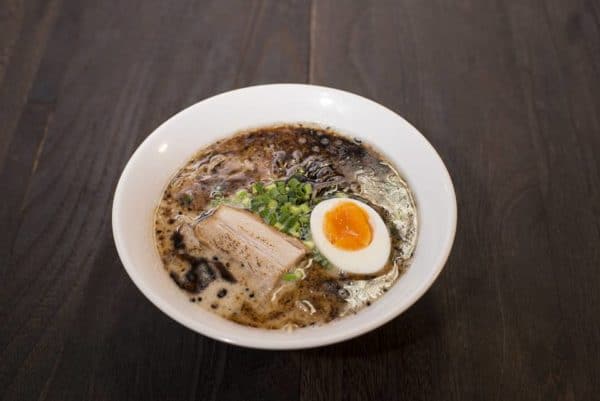
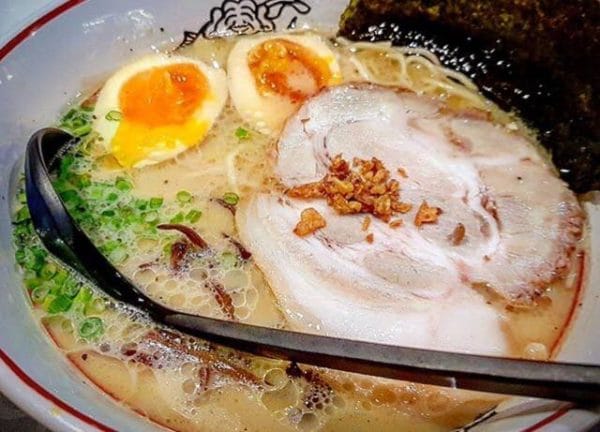
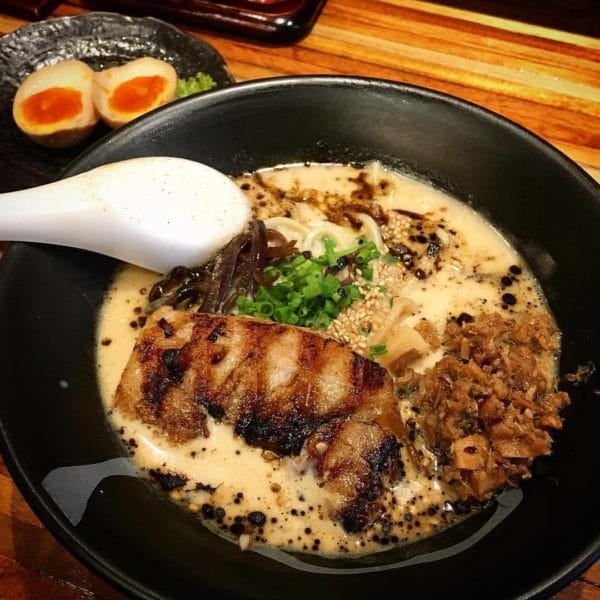
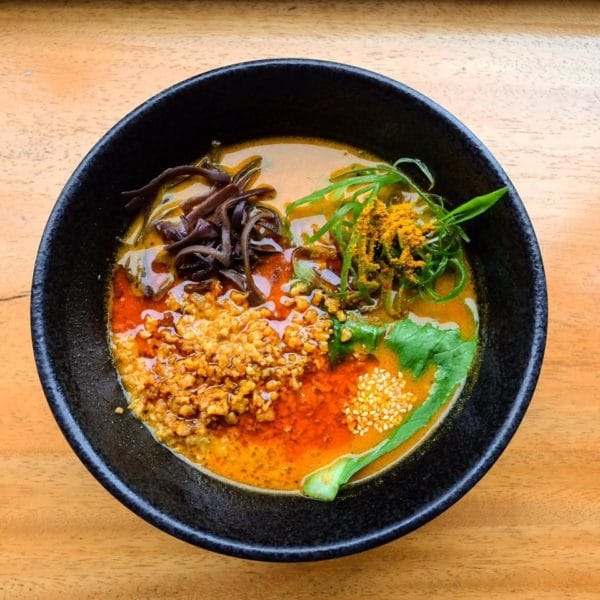

Latest comments